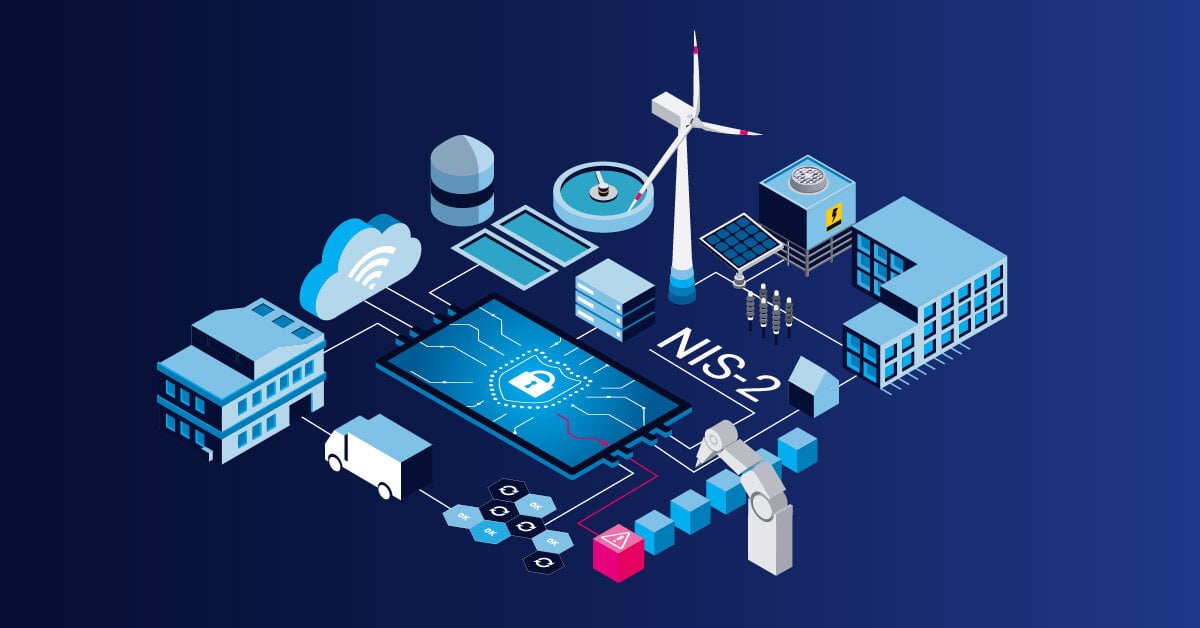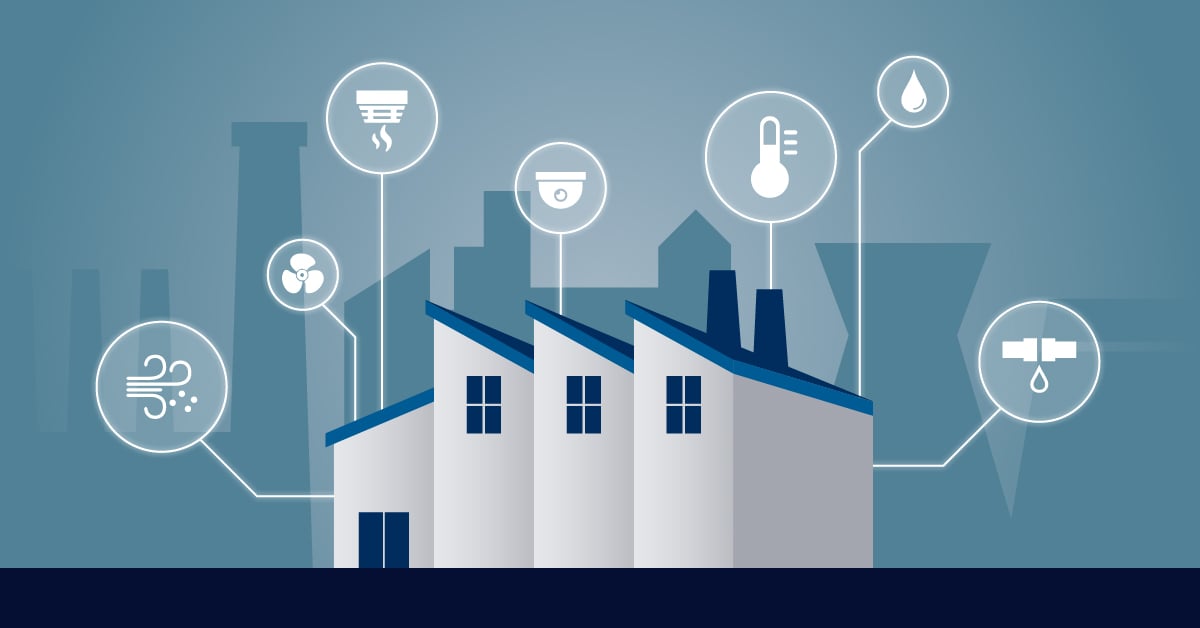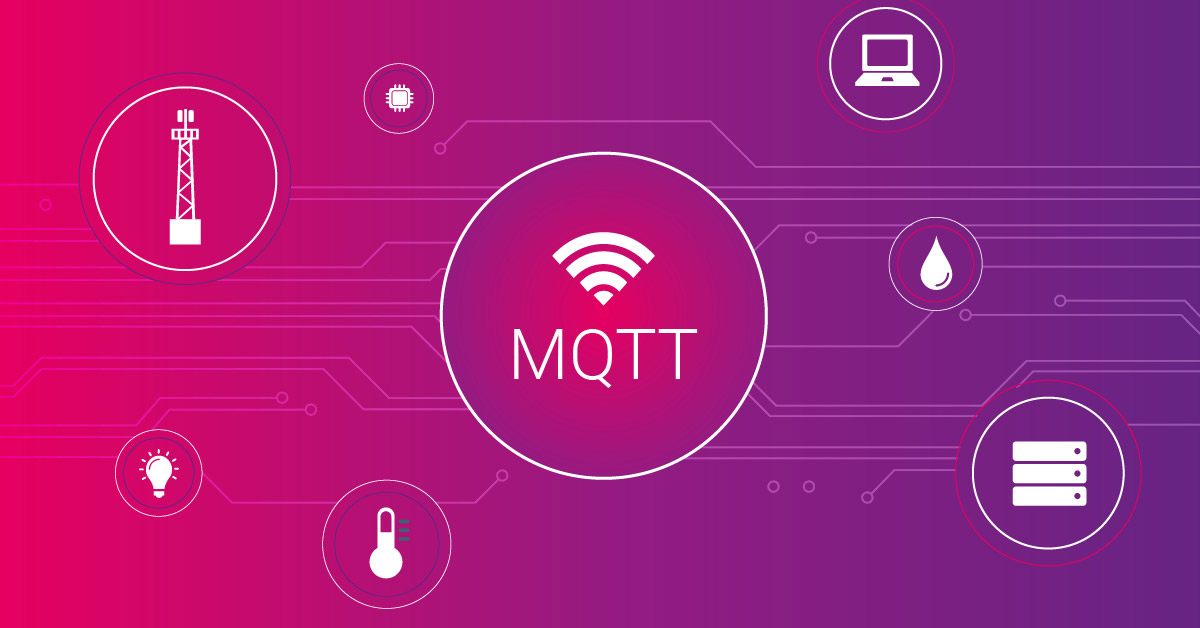Many organizations in the private and public sectors in the European Union already know about it: a new set of regulations for cyber security in critical infrastructure is coming in October 2024. Called the Network and Information Systems Directive 2022, or NIS2, it lays down the requirements organizations with critical infrastructure have to meet to for increased cyber security. And right now, organizations with operations in Europe are scrambling to ensure their compliance by the time the regulation goes into place. While there are many facets to NIS2, there is one factor organizations may not yet realize: having a unified overview of OT and IT infrastructure can go a long way towards helping meet the goals of compliance. And this unified overview is exactly what infrastructure monitoring can provide.
What is NIS2?
A response to the threats of rising cybercrime, the NIS2 directive has as its goal a “high common level of cybersecurity across the European Union”. It imposes stricter requirements on both public and private entities operating critical services in the EU. Some key components of NIS2 include stricter security obligations for organizations to meet, clearer guidelines for reporting incidents to national authorities, and the specification of technical and organizational measures that need to be in place.
The importance of a unified overview of OT and IT
 The same developments that have resulted in the need for stricter security regulations – namely digitization and the convergence of OT and IT – are the ones that pose challenges to organizations working towards NIS2 compliance. Simply viewing each area as a silo is no longer sufficient in modern connected factories and plants. Obtaining a unified overview of everything is crucial not only for cyber security, but also for meeting the demands of NIS2.
The same developments that have resulted in the need for stricter security regulations – namely digitization and the convergence of OT and IT – are the ones that pose challenges to organizations working towards NIS2 compliance. Simply viewing each area as a silo is no longer sufficient in modern connected factories and plants. Obtaining a unified overview of everything is crucial not only for cyber security, but also for meeting the demands of NIS2.
This is where infrastructure monitoring is a key factor. Modern, cutting-edge monitoring systems are able to combine OT and IT monitoring into a single overview. Here are some ways that getting a unified overview through infrastructure monitoring can help you on the journey to NIS2.
Visibility of the OT and IT networks
Infrastructure monitoring solutions provide real-time visibility into the health and performance of critical systems and networks. By continuously monitoring network traffic, system logs, and application performance metrics, organizations can swiftly identify anomalies and potential security breaches.
Early threat detection
Timely detection of security incidents is paramount to minimizing their impact. Through setting of rules and thresholds based on typical signs of cyber-attacks, infrastructure monitoring platforms can flag suspicious activities, unauthorized access attempts, and deviations from normal behavior patterns, and generate alarms. This proactive approach enables security teams to thwart threats before they escalate into full-blown cyberattacks.
Ability to work across OT and IT
A unified approach to monitoring OT and IT infrastructure does not stop at simply monitoring across both disciplines. Rather, with the right tool in place, it can facilitate better cooperation between OT and IT teams. For example: alerts that originate in the IT network can be sent to a SCADA system, where an OT technician acknowledges the alarm and can action it immediately.
Working towards NIS2 compliance
While a unified infrastructure monitoring approach that covers both OT and IT components is not directly part of the NIS2 requirements, it can certainly form the basis of other measures you have in place – for example, cyber threat detection systems, reporting tools, and more – by providing you with a clear picture of what is happening where in your converged OT and IT infrastructure.
If you’d like to drill down deeper into specific use cases and examples of how infrastructure monitoring can help you on your way to NIS2 compliance, look at this page.
 Published by
Published by 




.jpg)






